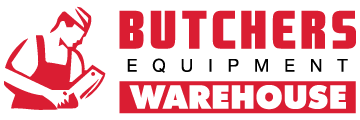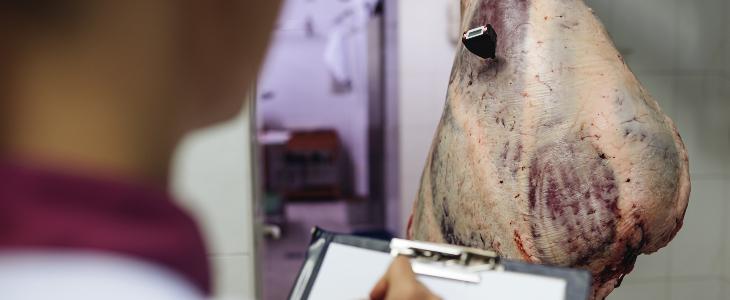How to minimise risk when thawing and handling meat and fish
This is the final post in our series on how best to minimise contamination of foodstuffs in your premises - a particularly pressing concern in light of the ongoing Covid-19 pandemic. This week, we’ll focus on a few essential measures to take when you’re thawing and handling meat and fish, or transitioning them to different areas within your premises. (If you need a quick refresher on storing meat and fish, don’t hesitate to check out our most recent post!) Ready? Let’s get started!
Thawing of meat and fish must be carefully controlled
One of the golden rules about thawing food, and one to always remind new or young employees, is that food should never be thawed at room temperature. Harmful bacteria can reproduce especially rapidly at room temperature conditions. Instead, they should be transferred straight from the freezer to the cold room, where they should be left to thaw at temperatures of between 5°C and 7°C, or even lower. This drastically reduces the reproduction rate of microorganisms and bacteria, making the food a lot safer for later consumption.
As we discussed in our previous post, care must be taken to avoid the risk of thawing foods dripping onto any other foodstuffs. To achieve this, it’s worth putting the thawing food onto the bottom shelf of your cold room, ideally in a container with a lid to minimise the risk of dripping. Underneath, there should be a drain tray or a perforated food pan, so that the thawing food is kept away from the drip loss.
Meat and fish generally thaws at a rate of about 1kg per 10 hours, and once it’s thawed it should never be re-frozen again. It should be consumed no later than the following 24 to 48 hours.
Hygiene measures for handling meat and fish
This is fairly basic, even for new or inexperienced employees - it’s the same rules for handling meat and fish that apply to any kitchen. Raw food must be kept separate from cooked food, and different utensils must also be used to avoid the risk of cross contamination.
Once the food is thawed, it must be kept cold or cooked as soon as possible, to ensure that they remain outside the temperature danger zone of 8ºC to 65ºC - temperatures that provide the perfect breeding ground for bacteria. If the foodstuff in question isn’t going to be served immediately, it needs to remain heated at 65ºC or more, or alternatively cooled using a blast chiller so that it remains under 8ºC.
Care needs to be taken to ensure that all meat, chicken, eggs and fish is cooked through. Roast meat and chicken in particular should be cooked at temperatures of more than 75ºC, which will effectively obliterate any micro organisms and bacteria that may have been breeding on it.

Mincemeat and fish
Both these two foodstuffs require particular attention, as they’re both notably susceptible to contamination. If you mince the meat on your own premises, you’re technically allowed to keep it for 24 hours at temperatures below 2ºC - but personally here at Butchers Equipment Warehouse, we recommend cooking it immediately if you can, to ensure maximum food safety.
Ideally, your shipments of fish should arrive on your premises already gutted, but if not they should be gutted immediately. If they’re being frozen, they must be frozen at a temperature of -20ºC or less for at least 24 hours. When they’re being cooked on the other hand, they need to be cooked at a core temperature of 60ºC - 70ºC, for at least a minute.
It’s worth reiterating that these are just the basic measures that you should take in your own butchers shop or retail environment. With Covid-19 continuing to pose a threat to public health all over the world, you may see fit to introduce your own additional measures. We’ll leave that up to you though - as for us, you can count on us to provide a great range of butchers equipment including butchers knives, meat mincers and more. You can browse them right here on our site, or if you’ve got any questions or need any advice, don’t hesitate to give us a call on 01254 427761!




